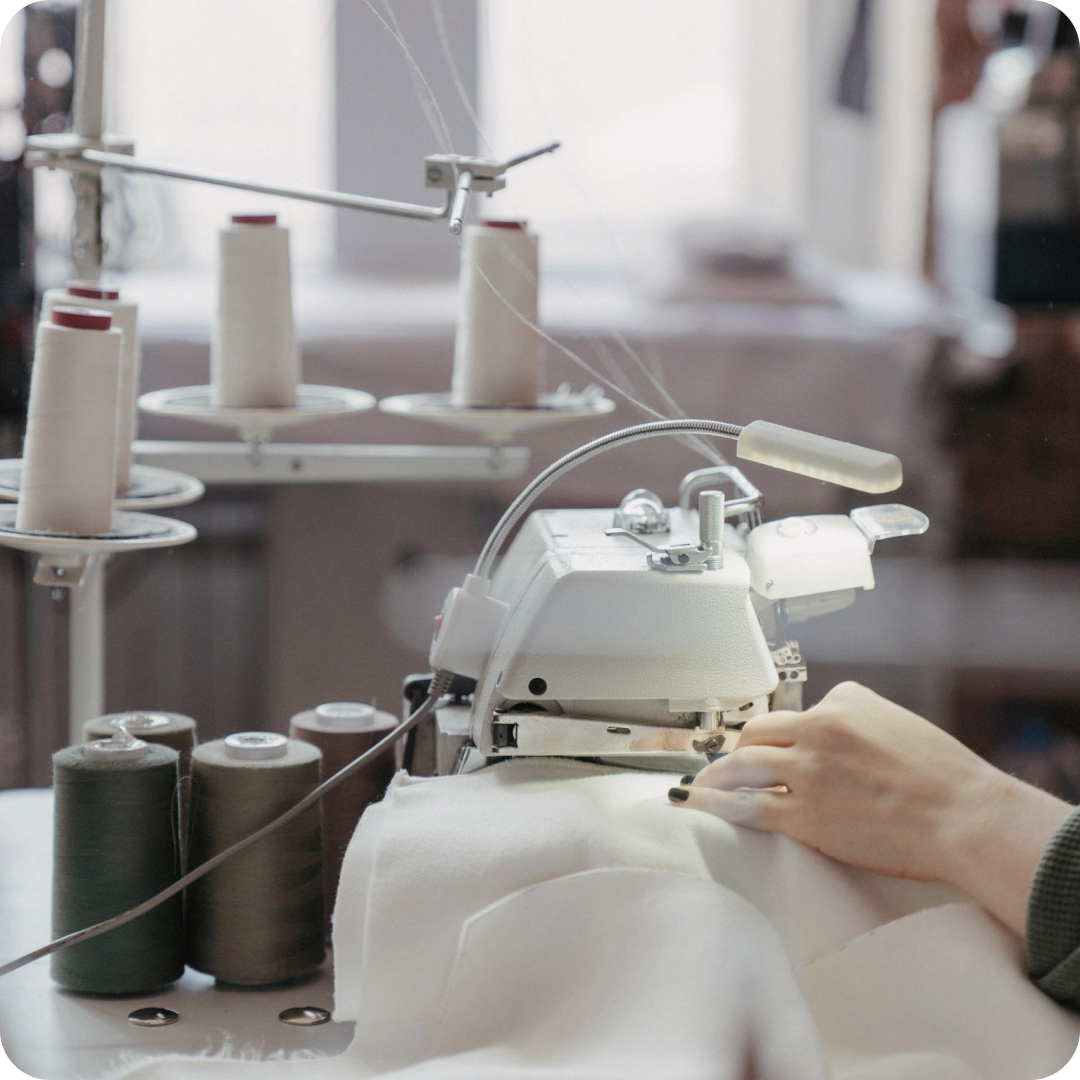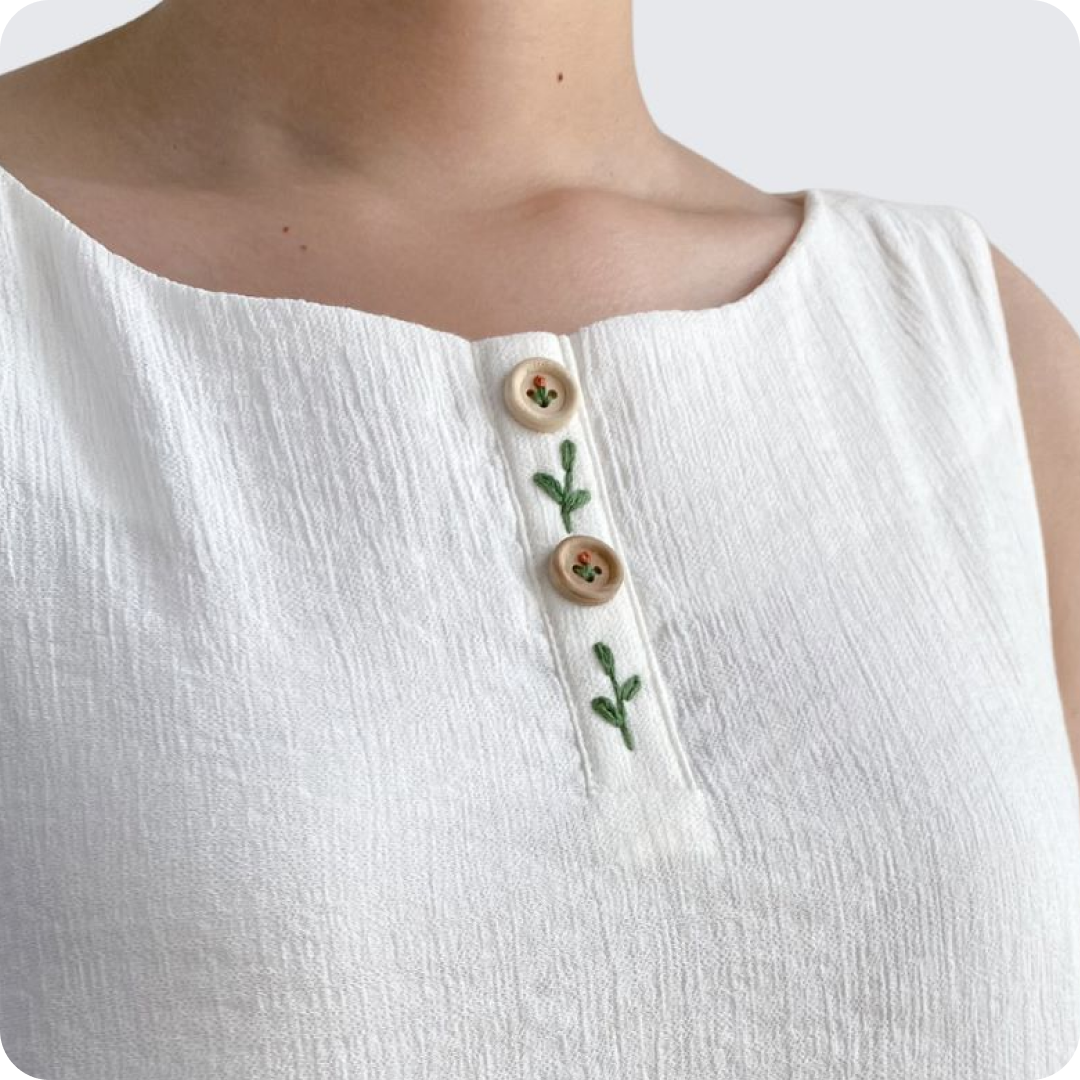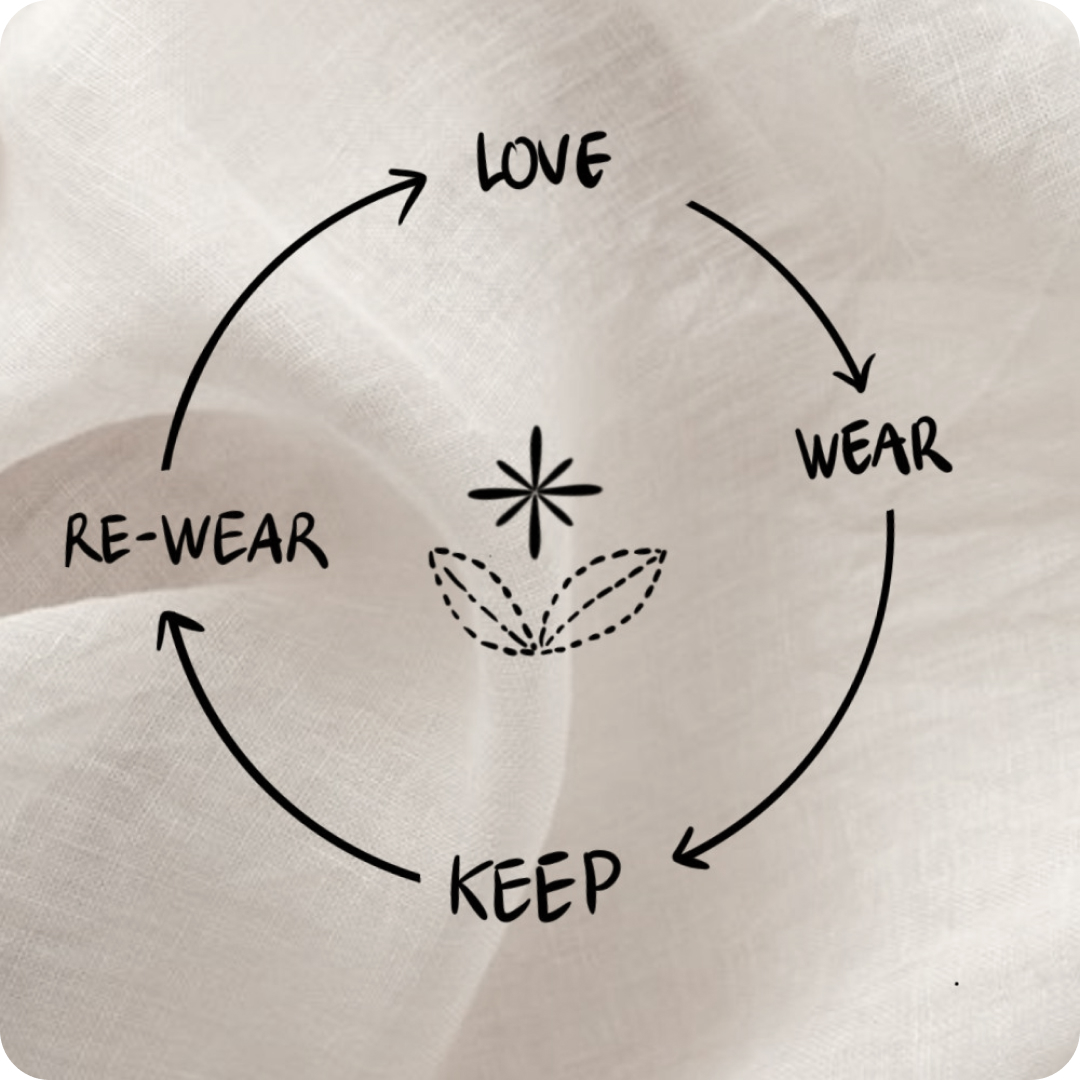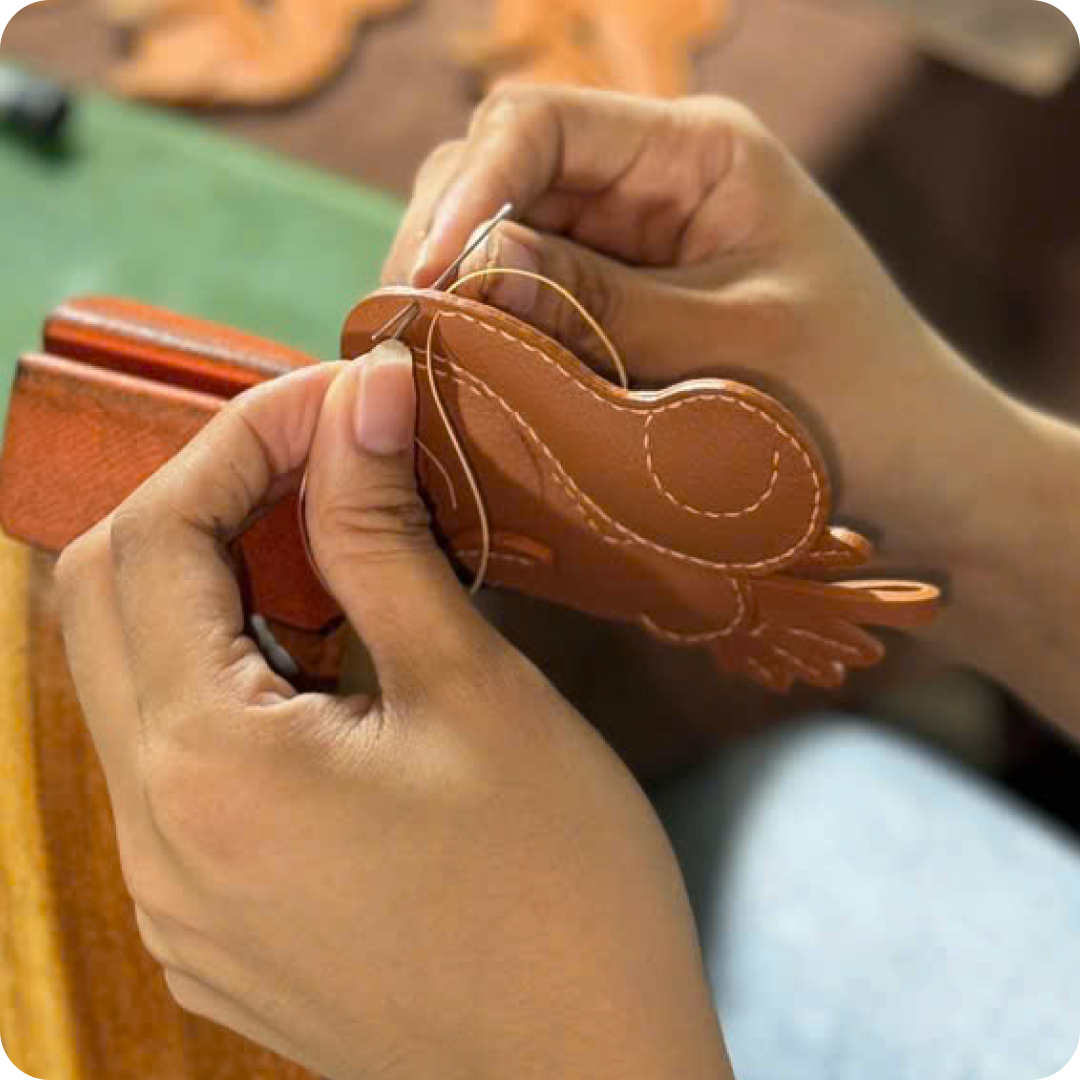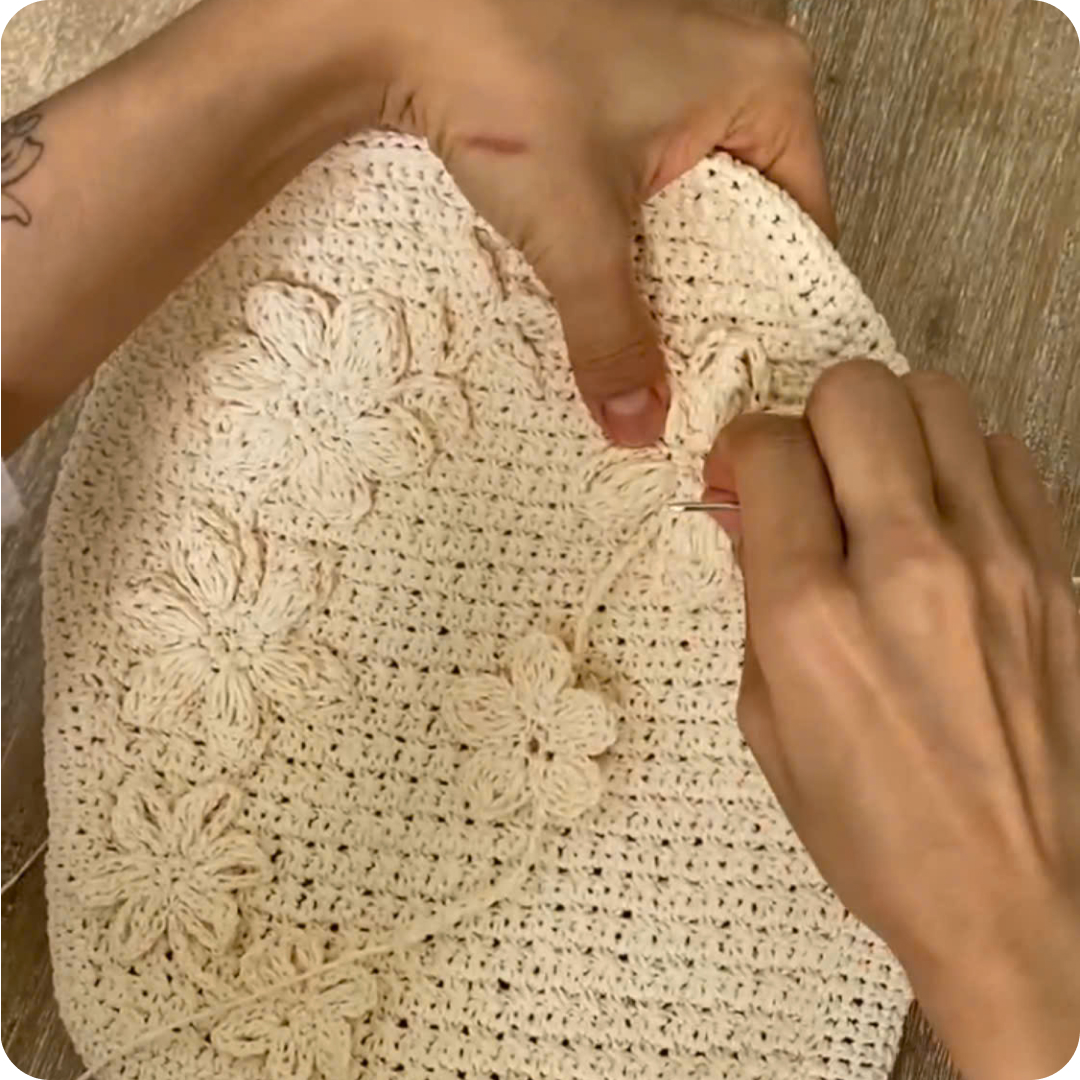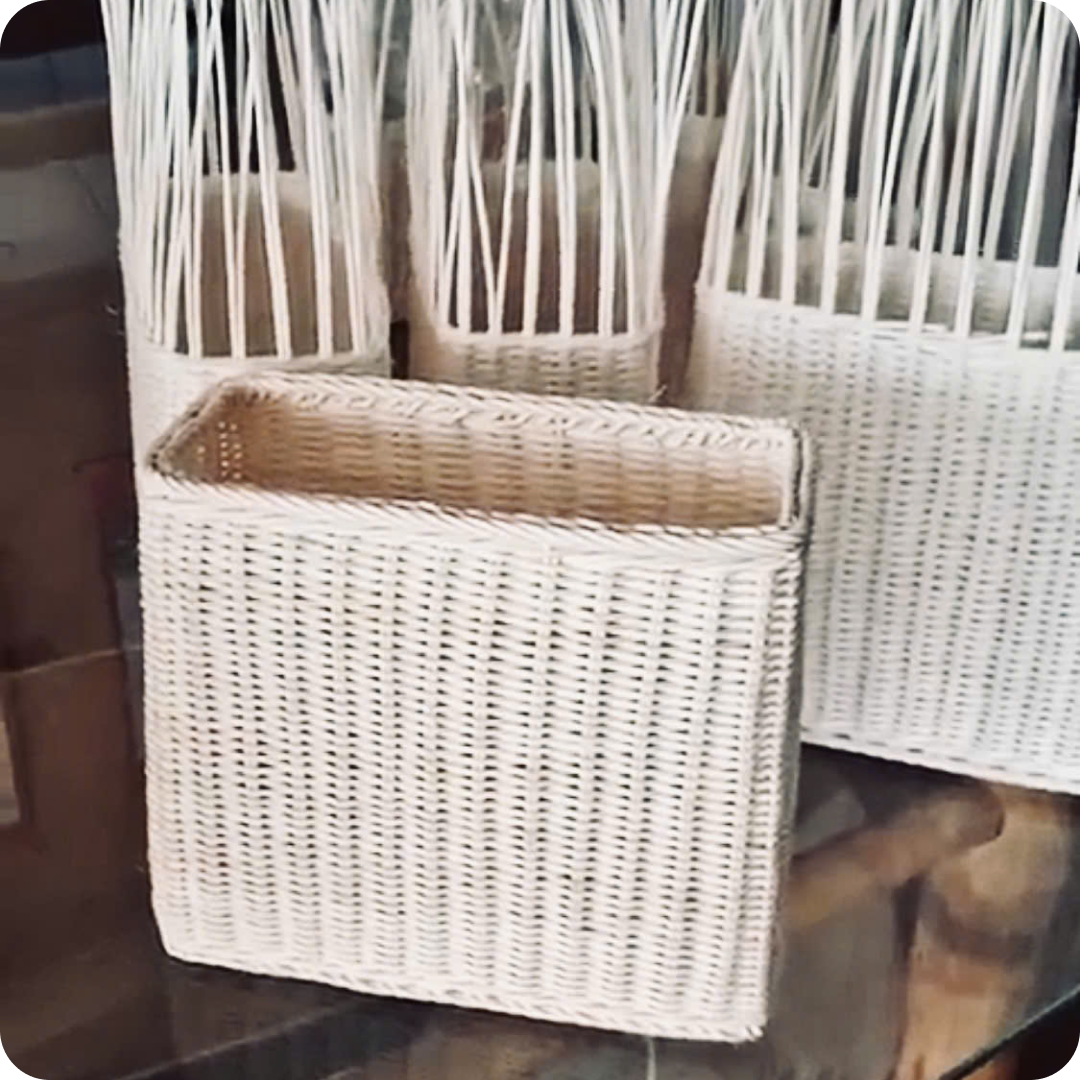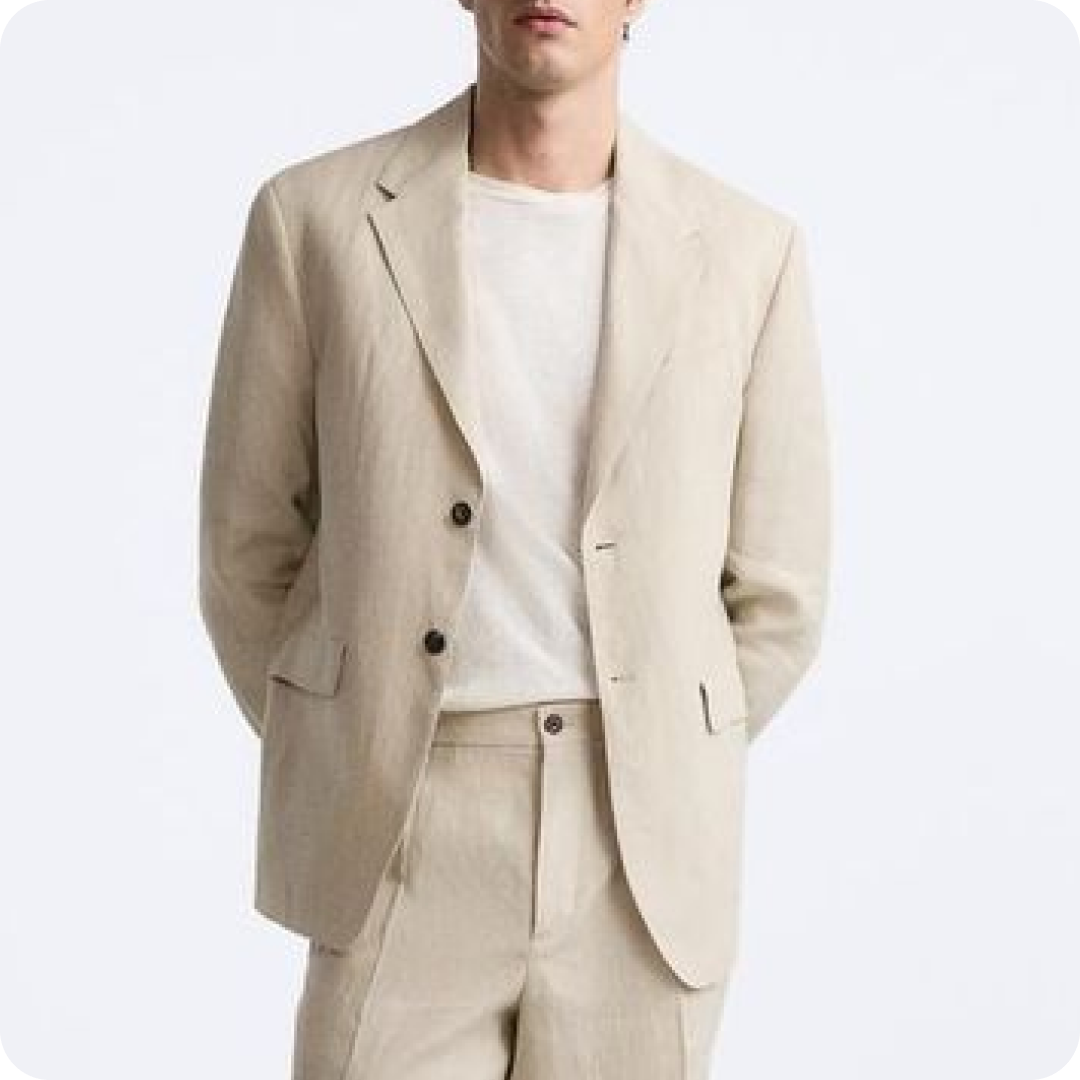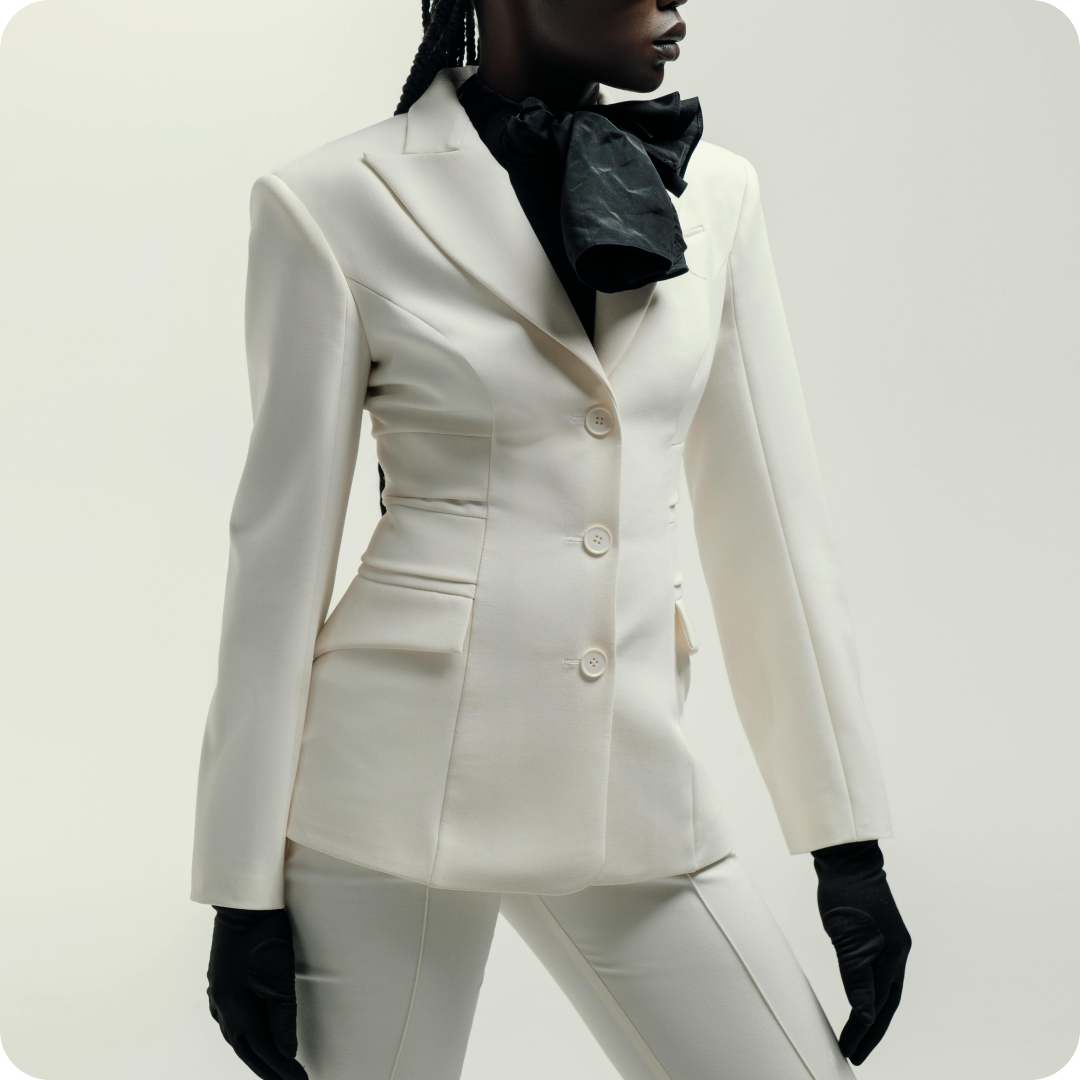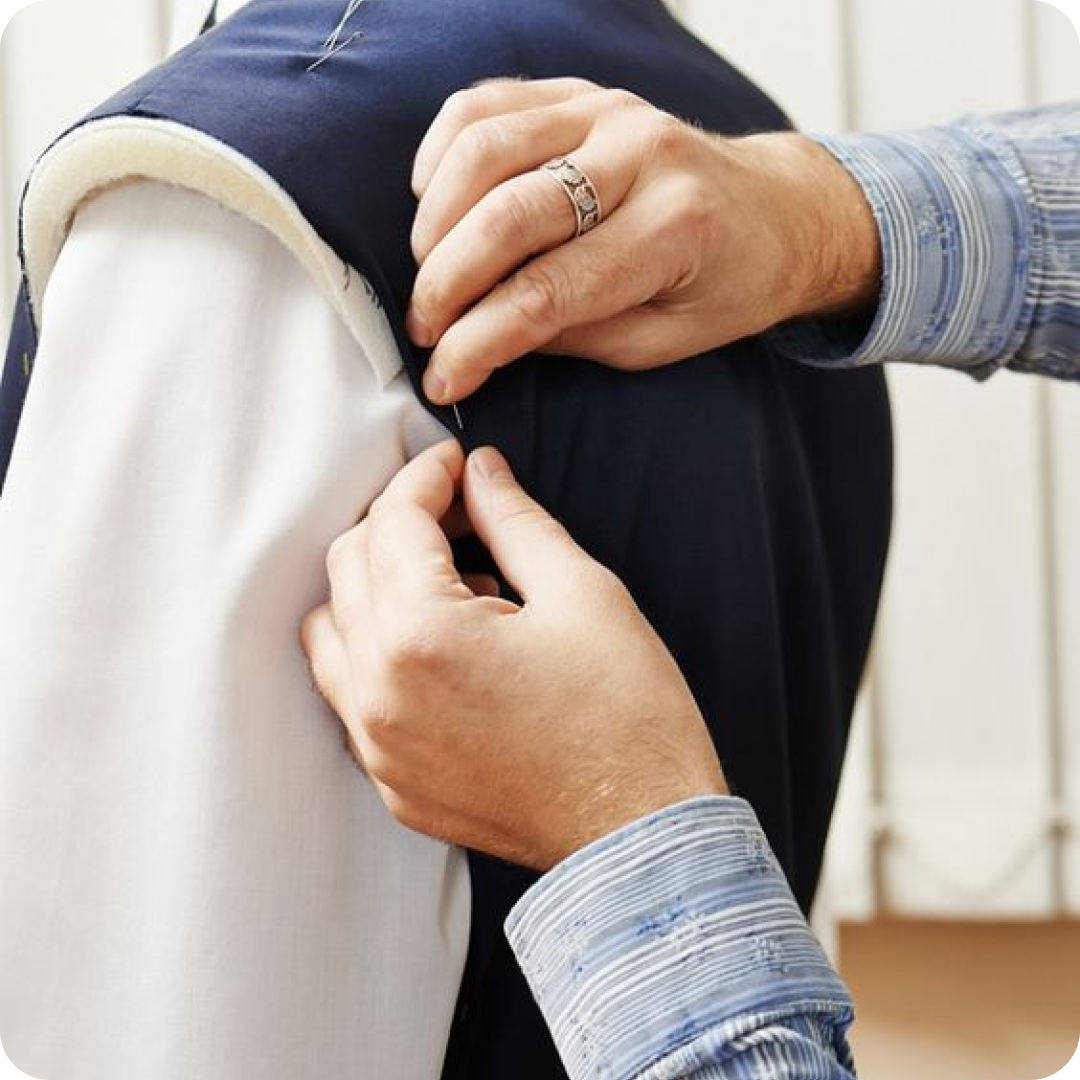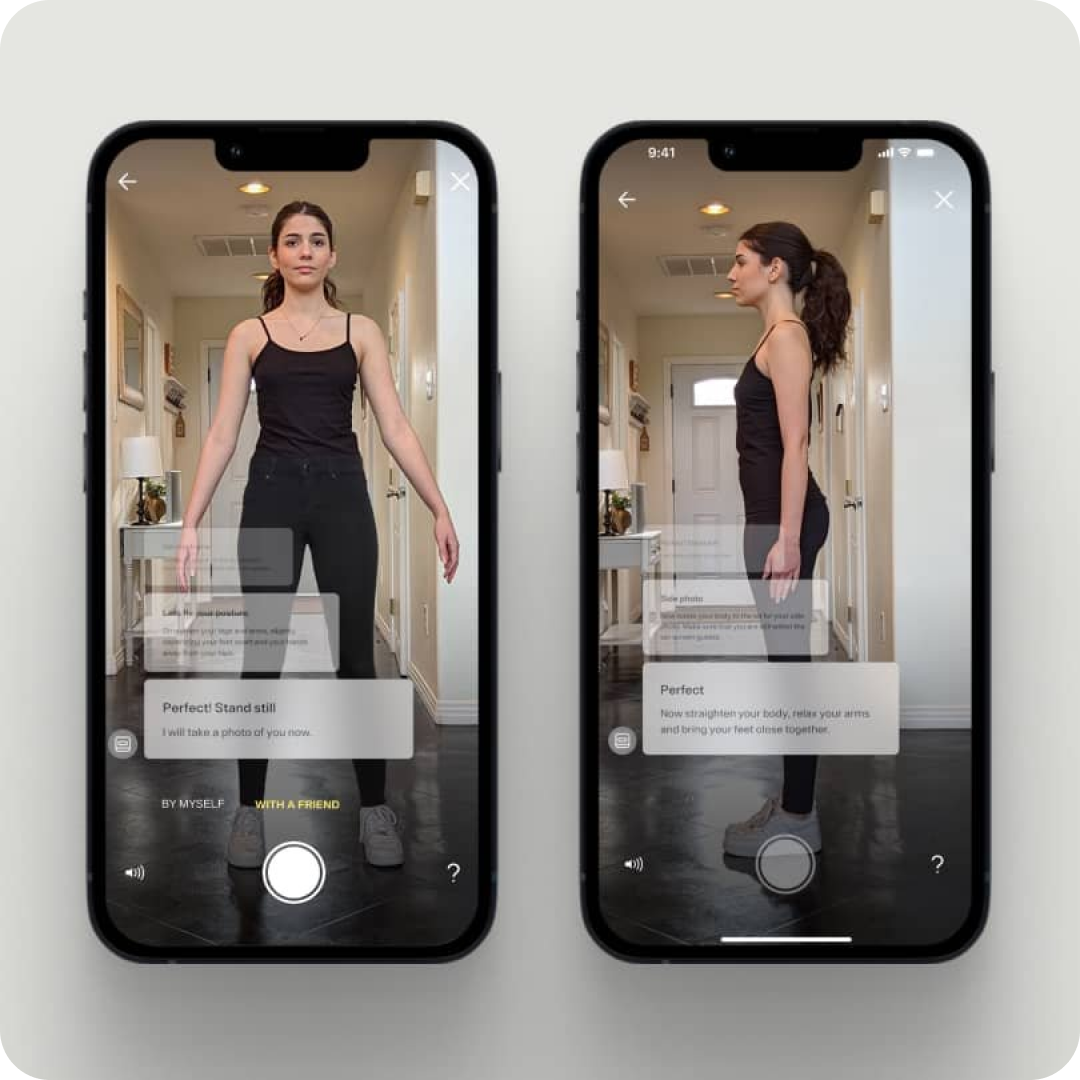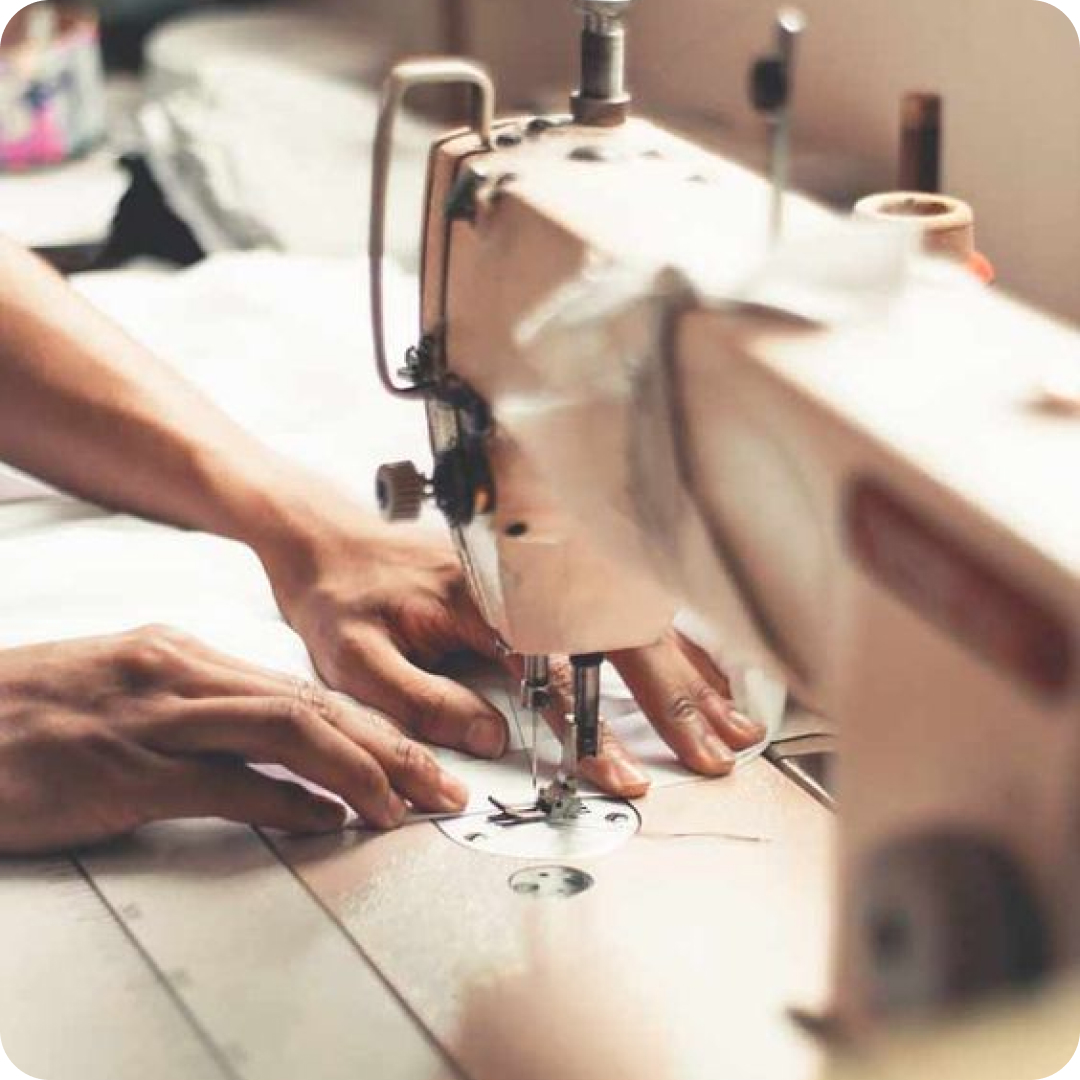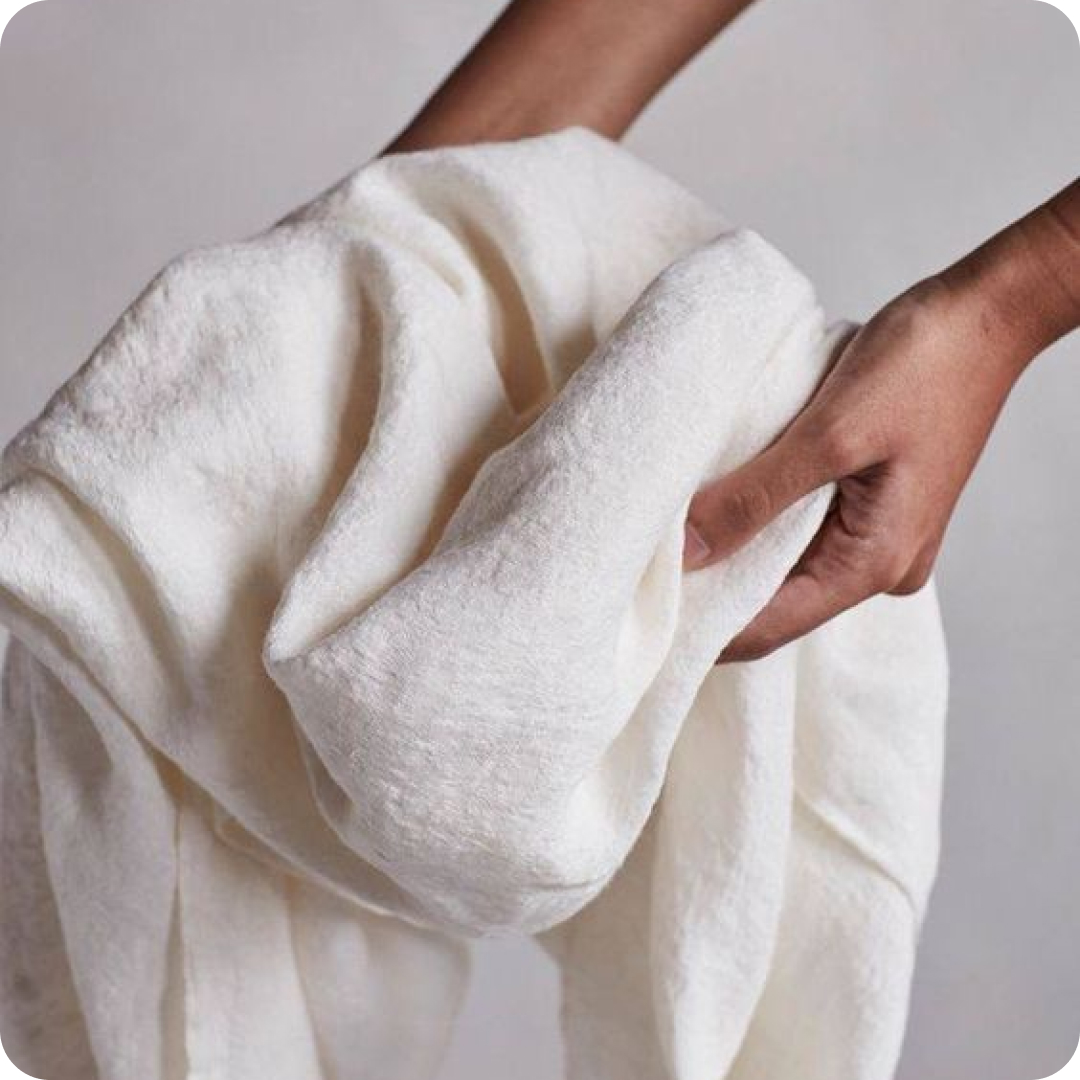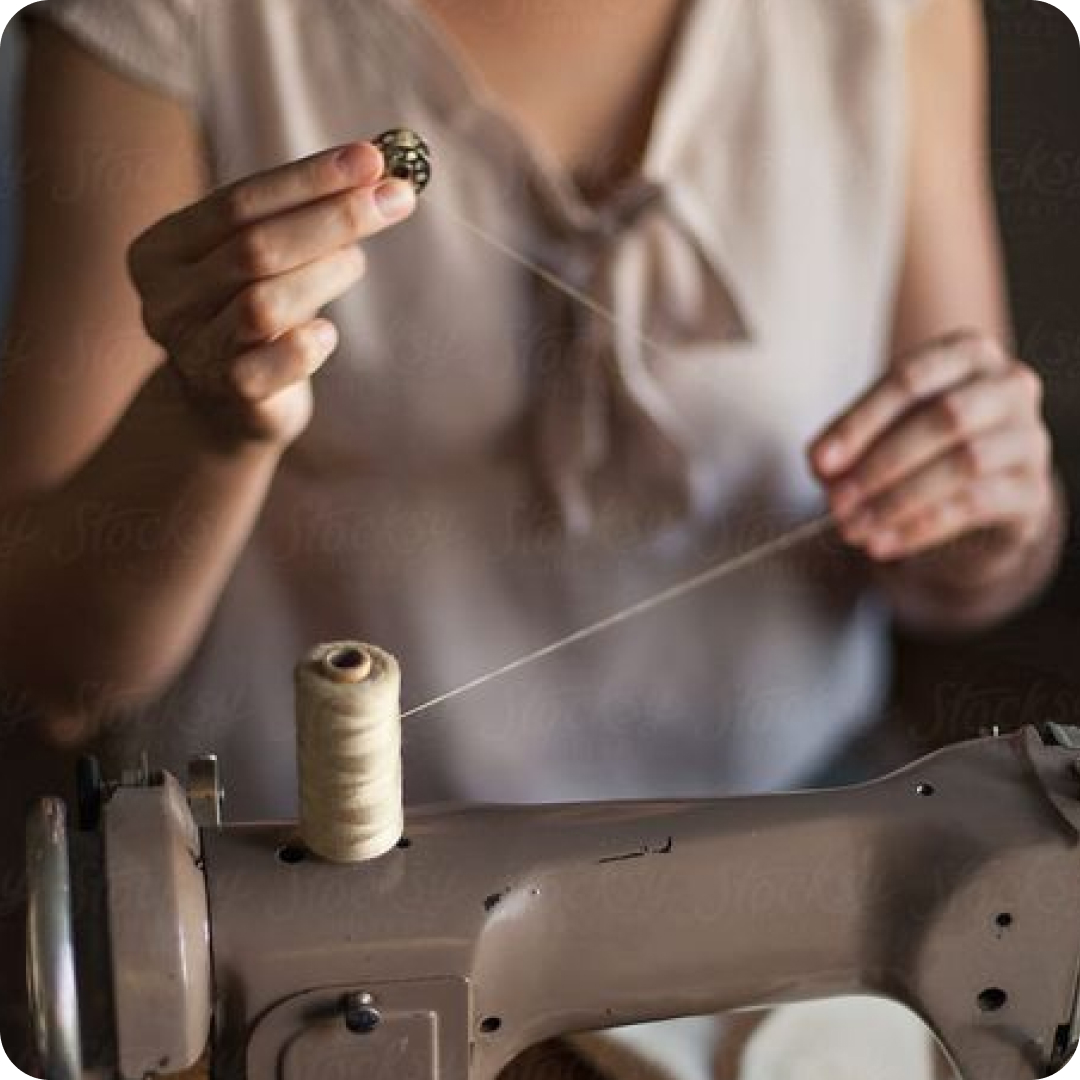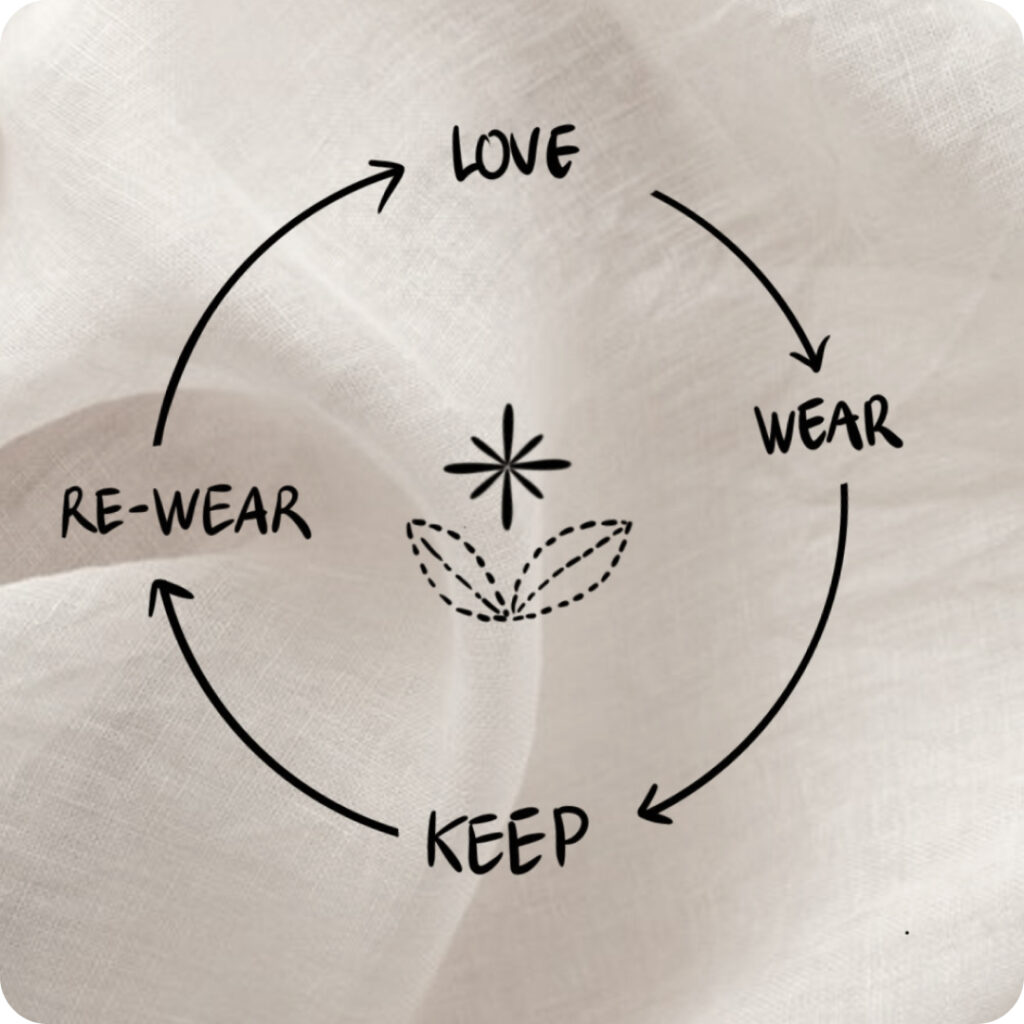Sculpting Style: 3D Design
Creativity has no limits. Let’s explore the fascinating journey of 3D design, a process that combines artistic flair with cutting-edge technology. Designers create unique styles during this journey, turning concept sketches into tangible, stunning creations.
How 3D Design Enables Bespoke And Personalized Designs.
The fusion of 3D technology with the fashion industry has brought forth a revolution in the creation of personalized and bespoke clothing. Here are the stages in which 3D technology facilitates this transformation.
Body Scanning
Modern body scanning techniques leverage advanced technologies like 3D laser scanners or depth-sensing cameras. These tools create a precise digital replica of an individual’s body, capturing every contour and dimension with exceptional accuracy.
Body scanning uses technology to create precise digital models of a person’s body shape. (Internet Source)
Digital Fitting
Once the body scan is completed, the 3D data is utilized for digital fitting. This stage allows designers and customers to virtually try on clothing and see how it fits their unique body shape. Digital fitting eliminates the guesswork in selecting sizes and ensures a snug and comfortable fit.
Design Customization
3D technology empowers customers to actively participate in the design process. With design customization, individuals can choose from an array of design elements such as fabric, color, patterns, and embellishments. They can personalize every aspect of their garment to match their taste and style.
Virtual Try-On
The advent of virtual try-on technology marks a pivotal moment in personalized fashion. Shoppers can see themselves wearing the customized clothing on a digital avatar. This immersive experience provides a preview of the final product, giving customers the confidence to move forward with their design choices.
Virtual try-on allows customers to digitally preview how clothing and accessories will look on them. (Internet Source)
Pattern Generation
3D technology works on pattern generation. It takes personalized design choices and converts them into precise patterns. These patterns are tailored to fit the individual’s body shape, ensuring that the final product is a perfect match.
3D Printing or Cutting
3D printing allows for the creation of a physical garment directly from a digital design, layer by layer. Alternatively, 3D cutting involves the precision cutting of fabric pieces, following the customized patterns generated earlier. Both methods ensure that the final garment is unique, personalized, and perfectly tailored to the individual’s specifications.
Best 3D Software For Fashion Design
Here is a list of the best 3D software to help fashion designers turn their creative visions into reality.
CLO 3D enables designers to create 3D renderings from 2D patterns, enhancing visualization and fit. (Internet Source)
CLO 3D
CLO 3D is a powerful fashion design software that transforms 2D patterns into stunning 3D renderings. Designers can effortlessly visualize their creations, check garment fit, and experiment with various fabrics and colors. The software allows for pattern export in multiple formats and boasts an intuitive user interface, supported by an extensive library of video tutorials. While it offers robust features, beginners might face a slight learning curve, and full proficiency may demand time. Licensing costs and occasional compatibility concerns can be drawbacks, but its capacity to enhance the design process makes it a valuable asset for fashion professionals.
Marvelous Designer
Marvelous Designer is a versatile cloth simulation software tailored for crafting dynamic 3D apparel, ideal for gaming, film, 3D art, and animation projects. Its compatibility with various 3D software like 3DS Max, Maya, and ZBrush streamlines 3D model adjustments. This synergy fosters efficient cross-software workflows, empowering designers to create realistic and visually striking clothing items for their digital creations.
TUKA 3D
TUKA 3D, developed by Tukatech, is a user-friendly 3D design software. It simplifies the process of adjusting fit models with various measurement options. This software facilitates virtual fitting sessions with animated models, providing the flexibility to simulate various movements. TUKA 3D specializes in virtual prototyping, enabling multiple trials for a single product, and enhancing efficiency in the fashion design process.
Browzwear offers virtual prototyping for fashion designers, syncing 2D patterns with 3D designs. (Internet Source)
Browzwear
Browzwear offers a comprehensive 3D design, development, and merchandising solution. It consists of modules like VStitcher, ideal for technical designers and pattern makers seeking 3D virtual prototyping. VStitcher seamlessly transforms 2D patterns into 3D models. Additionally, Browzwear features Lotta, a 3D fashion design solution that aids designers in clothing development. Integration with Adobe tools like Photoshop or Illustrator allows easy synchronization of 2D drawings and patterns with Lotta, streamlining the design process. Browzwear presents an all-encompassing solution for modern fashion design needs.
Romans CAD
Romans CAD is tailor-made for the footwear and leather goods sectors. This specialized software empowers designers to make precise modifications to their products. Operating as a robust cloud-based platform, Romans CAD enhances productivity and fosters seamless communication between designers and manufacturers. It stands as a powerful tool for those in the footwear and leather industries.
Hopefully, the above article has helped you have an overview of The creative process of 3D fashion design. In 3D fashion design, a fascinating blend of art and technology comes to life. Designers craft their unique styles using digital tools, opening up endless creative possibilities. From the initial idea to the final creation, this journey redefines traditional fashion design.

